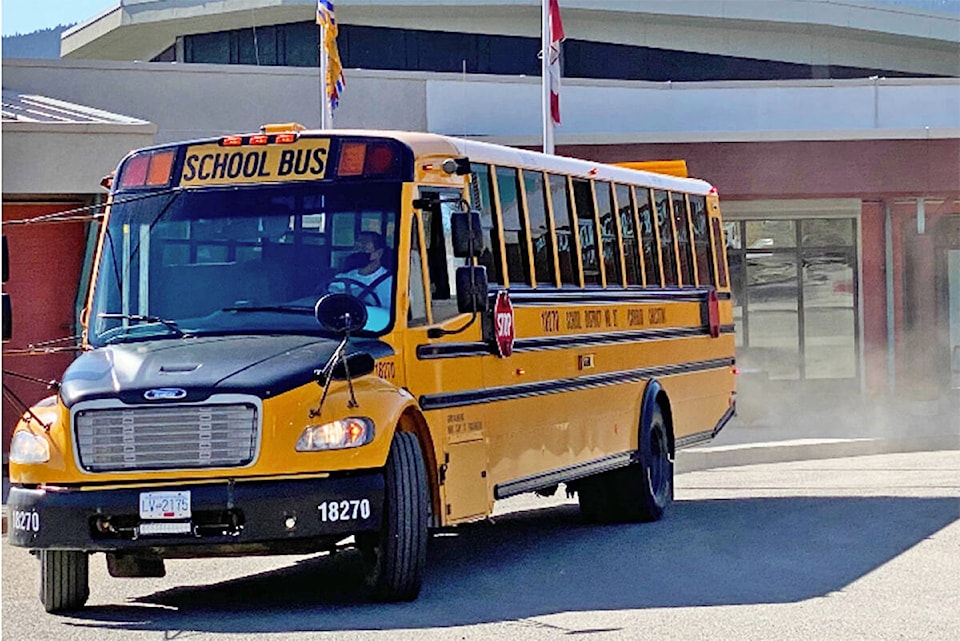Educators in the Cariboo and beyond have an essential role to play in reconciliation, throughout the new school year and for years to come.
That was one of several powerful messages relayed at a School District 27 workshop Tuesday, featuring the University of Winnipeg’s Dr. Kevin Lamoureux.
As Education Lead for the National Centre for Truth and Reconciliation, Lamoureux emphasized the importance of schools being a place of healing and safety as the country navigates its path towards reconciliation.
“Whatever reconciliation is, it’s going to be about the work that you do. The commissioners were wise enough to entrust the sacred work to your hands,” Lamoureux told the attendees. “Where schools were once used as a weapon in British Columbia against Indigenous students, yours can now be used as a place of healing.”
The presentation, attended remotely by all district staff including administrators, maintenance, custodial and transportation employees, reviewed some of the 94 Calls to Action published in the 2015 Truth and Reconciliation Commission report, and highlighted how a vast majority of them are education-focused.
Specifically, Lamoureux discussed action 63.3, which calls upon educators to maintain a commitment to Aboriginal education issues, including “intercultural understanding, empathy and mutual respect.”
To understand why the commissioners who created the Truth and Reconciliation Calls to Action would place so much responsibility in the hands of educators, Lamoureux offered a quick history lesson.
He looked back to 1763 and the Royal Proclamation by King George III at the end of the Seven Years War, which stated that all the land in what would become Canada is the legal property of First Nations and will remain theirs forever unless surrendered through treaty with the Crown.
Lamoureux noted that proclamation was reaffirmed with the implementation of the Constitution Act in 1982.
“What should have been promised to our brothers and sisters was the opportunity to build happy, healthy and vibrant communities,” he said. “So how did we end up so very far away from where we should have been?”
He points to the Indian Act of 1876, which paved the way for many injustices against Indigenous people in Canada - including residential schools - and led to loss of identity and language, intergenerational trauma, poverty and addiction.
“Nothing I’ve said so far is your fault. You didn’t do this. It’s not on you,” Lamoureux reassured attendees.
“Even though you didn’t create the problem, you get to be part of the solution.”
Working towards reconciliation wouldn’t be possible without the courage and strength of residential school survivors sharing their truth, Lamoureux said.
“I truly believe that we wouldn’t be talking about reconciliation at all. I wouldn’t be doing this presentation if it hadn’t been for the courage, strength and dignity of residential school survivors,” he said. “Reconciliation is a gift given to us by survivors so that we could be a part of healing Canada.”
melissa,smalley@100milefreepress.net
Like us on Facebook and follow us on Twitter
